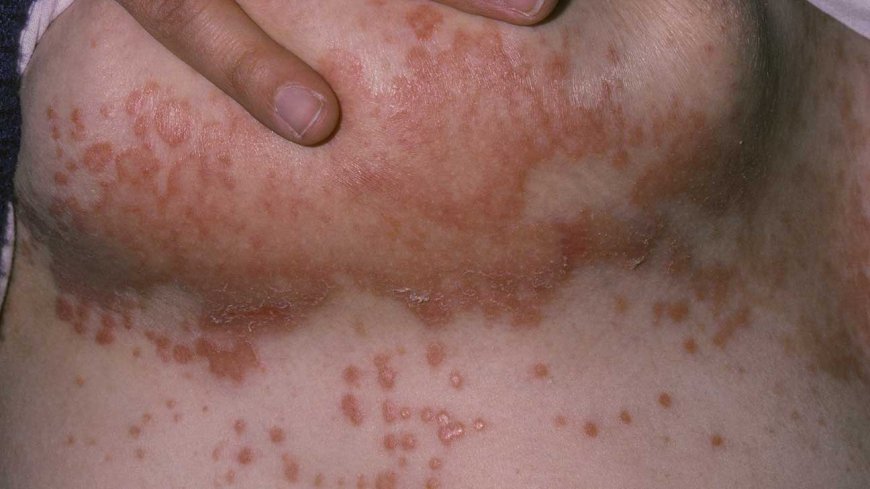Breast Problems

Introduction:
Breast problems can affect anyone, including young girls, women, and sometimes even boys. In India, like in any other country, breast health is crucial to overall well-being. This article will explore the various types of breast problems, their causes, symptoms, diagnostic tests, treatments, and preventive measures.
Signs and Symptoms:
Signs and symptoms of breast problems can vary based on the specific issue. Some common signs to look out for are:
- Pain or discomfort in the breast area
- Swelling or lumps in the breasts
- Changes in the size or shape of the breasts
- Nipple discharge or inversion (turned inward)
- Redness or rash on the breast skin
- Feeling of warmth or tenderness in the breasts
What Are Breast Problems?
Breast problems refer to any issues affecting the breast tissues. They can range from benign (non-cancerous) conditions to more serious ones like breast cancer. It is essential to recognize and address these problems promptly to maintain breast health.
How Are Breast Problems Classified?
Breast problems can be broadly classified into three categories:
- Benign Breast Conditions: These are non-cancerous conditions that can still cause discomfort and require medical attention.
- Breast Infections: These occur when bacteria or other pathogens enter the breast tissue, leading to inflammation and infection.
- Breast Cancer: Breast cancer is the abnormal growth of cells in the breast tissue, which can spread to other parts of the body.
Causes and Triggers:
The causes of breast problems can vary depending on the specific condition. Some general causes and triggers include:
- Hormonal Changes: Hormonal fluctuations during menstruation, pregnancy, and menopause can lead to breast pain and swelling.
- Infections: Bacterial infections can cause conditions like mastitis, an infection of the breast tissue.
- Genetics: A family history of breast cancer can increase the risk of developing the disease.
- Lifestyle Factors: Unhealthy habits, such as smoking and excessive alcohol consumption, can elevate breast cancer risks.
Risk Factors with Examples:
Certain factors may increase the likelihood of developing breast problems. For instance:
- Age: As individuals get older, the risk of breast cancer increases.
- Family History: If someone has close relatives with breast cancer, their risk may be higher.
- Obesity: Being overweight can raise the risk of developing breast cancer.
- Radiation Exposure: Repeated exposure to radiation may increase the likelihood of breast cancer.
Types of Breast Problems:
Let's explore some common types of breast problems in detail:
-
Fibroadenoma: A benign breast tumor that feels like a smooth lump and is most common in young women.
-
Mastitis: An infection in the breast tissue that can cause pain, redness, and swelling.
-
Breast Cancer: The uncontrolled growth of abnormal cells in the breast tissue.
-
Breast Cysts: Fluid-filled sacs that may feel like a lump, often linked to hormonal changes.
Diagnostic Tests and Treatments:
-
Clinical Breast Examination: The doctor examines the breasts for lumps, changes in size or shape, and skin abnormalities.
-
Mammography: An X-ray of the breast to detect any abnormalities, especially in older women.
-
Breast Ultrasound: Sound waves create an image of the breast to help diagnose cysts or other lumps.
-
Biopsy: A sample of breast tissue is removed and analyzed to determine if it's cancerous or benign.
-
Treatment Options: Depending on the diagnosis, treatments may include medications, surgery, radiation therapy, or chemotherapy.
Complications of Breast Problems and Prevention Techniques:
Untreated breast problems can lead to severe complications, including spreading of cancer to other organs. To prevent breast problems:
-
Practice Breast Self-Examination: Encourage girls and women to examine their breasts regularly and report any changes to the doctor.
-
Healthy Lifestyle: Promote a healthy diet, regular exercise, and avoidance of smoking and excessive alcohol consumption.
-
Regular Check-ups: Regular visits to the doctor for breast health assessment can aid in early detection and treatment of potential problems.
Breast problems can affect anyone, regardless of age or gender. Recognizing the signs and taking proactive measures are crucial in maintaining breast health. With regular check-ups, a healthy lifestyle, and awareness about breast health, we can stay ahead of breast problems and ensure overall well-being.
What's Your Reaction?
 Like
0
Like
0
 Dislike
0
Dislike
0
 Love
0
Love
0
 Funny
0
Funny
0
 Angry
0
Angry
0
 Sad
0
Sad
0
 Wow
0
Wow
0








































































